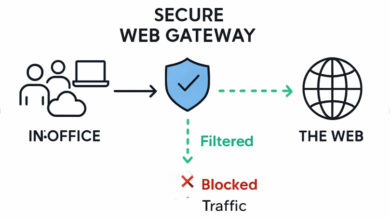Naltrexone Make You Sleepy : Causes and How to Cope

Naltrexone, an opioid antagonist, can lead to drowsiness in some individuals. This side effect arises from its complex interactions with brain neurotransmitters. Factors such as dosage, overall health, and the presence of other CNS depressants can further influence this response. Understanding these dynamics is essential. However, recognizing the triggers for sleepiness is only part of the solution. Effective coping strategies can significantly enhance daily functioning and energy levels. What methods can help mitigate this challenge?
Understanding the Mechanism: How Naltrexone Affects the Brain
Although naltrexone is primarily known for its role as an opioid antagonist in the treatment of addiction, its effects on the brain extend beyond mere opioid receptor blockade.
Naltrexone metabolism involves complex interactions within neural pathways, influencing neurotransmitter release and receptor activity. By inhibiting opioid receptors, it alters dopamine dynamics, which may contribute to changes in alertness and overall cognitive function, impacting individual experiences of freedom.
Identifying Factors Contributing to Drowsiness
While naltrexone's primary function as an opioid antagonist is well-documented, its potential to induce drowsiness can be attributed to several interrelated factors.
Medication interactions with other central nervous system depressants may exacerbate this effect.
Additionally, individual tolerance levels vary, influencing how each person responds to naltrexone.
Understanding these factors is crucial for individuals seeking to manage their experiences while using this medication.
Effective Strategies to Combat Sleepiness While on Naltrexone
Managing sleepiness during naltrexone treatment requires a multifaceted approach that addresses the contributing factors identified previously.
Effective strategies include lifestyle adjustments, such as regular physical activity and improved sleep hygiene, alongside dietary changes that prioritize balanced nutrition.
Incorporating these elements can enhance energy levels while mitigating drowsiness, ultimately empowering individuals to maintain their daily activities and pursue a fulfilling life despite medication side effects.
Conclusion
In conclusion, while naltrexone can induce drowsiness akin to a heavy fog settling over a landscape, understanding its mechanisms and contributing factors can empower individuals to navigate this side effect. By implementing effective coping strategies such as exercise, proper nutrition, and mindfulness techniques, one can mitigate sleepiness and enhance overall well-being. Recognizing the interplay between naltrexone and individual responses is crucial in managing energy levels, ultimately supporting a more balanced and fulfilling life.




